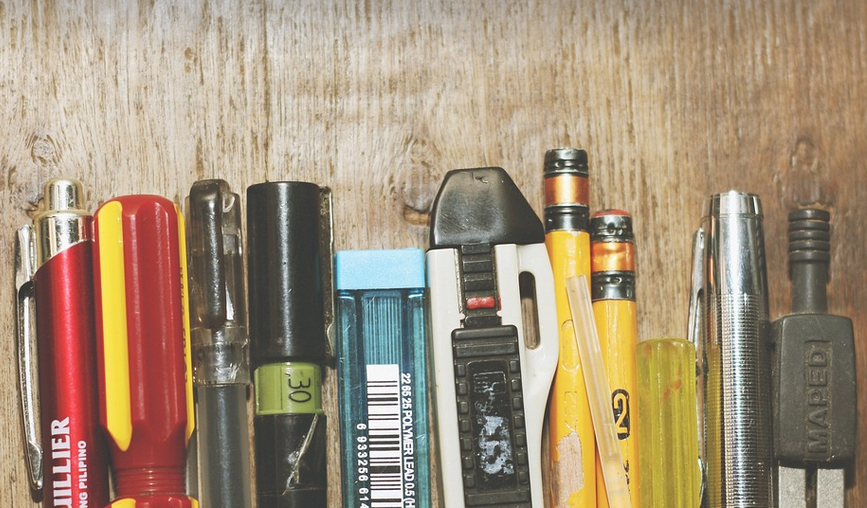
Tackling Those Tile Gaps: Your Ultimate Bathroom Caulk Checklist
Ah, the bathroom. A sanctuary of relaxation and personal hygiene. But sometimes, that pristine space requires a little TLC to keep it looking fresh and functional.
One of the most crucial aspects of bathroom design is proper caulking. It’s not just about aesthetics; good caulk seals out moisture, prevents unwanted growth, and adds longevity to your tiles. So, let’s dive deep into the world of bathroom caulking—from choosing the right product to tackling those tricky gaps.
Why Caulking Matters in Your Bathroom
Bathroom tile surfaces are prime targets for water damage and mold growth. A cracked caulk line can lead to unsightly stains, mildew, and even structural problems. Here’s why caulking is your silent guardian against these issues:
• Sealing the Deal: Caulking acts as a waterproof barrier between tile grout and moisture-prone areas like showers, sinks, and bathtubs.
• Preventing Growth: Water and humidity love to breed mold and mildew. A well-caulked bathroom keeps these nasty critters at bay, ensuring your tiles stay clean.
• Protecting the Surface: Caulking acts as a shield against wear and tear from scrubbing, spills, and even hot steam. This prolongs the life of your tiles and grout, saving you money on future renovations.
The Ultimate Bathroom Caulk Checklist for 2025
Now that we understand why caulking is vital, let’s get into the nitty-gritty. Here’s a comprehensive checklist to ensure you tackle your bathroom caulk project with confidence in 2025:
- Choosing Your Caulk:
- Silicone Caulk:** The go-to choice for bathroom caulking, thanks to its flexibility and water resistance. It’s available in various colors and textures to match your tile style.
- Acrylic Caulk:** A budget-friendly option that dries clear and offers excellent waterproof sealing. Ideal for covering smaller gaps where silicone caulk might be overkill.
- Polysulfide Caulk:** Long-lasting, strong sealant designed for extreme conditions like high humidity, making it perfect in damp bathrooms.
• Tools of the Trade:
Your caulking journey will require a few essential tools:
- Caulk Gun:** The heart and soul of your project. Choose one that fits your style – manual or electric, with varying nozzle sizes for different gap widths.
- Silicone Spatula: For smooth caulk application, especially around corners. It can also be used to remove excess caulk.
- Painter’s Tape: For clean lines and precise caulking. Use it to mask off areas like the bathtub rim or wall edges you don’t want to caulk.
Step-by-step Guide for Perfect Caulking
Let’s dive into a step-by-step guide to ensure your caulking project is a success:
- Preparation:
- Clean the Surface: Thoroughly clean the surface you’re caulking using a damp cloth and mild detergent. Remove any dirt, dust, or grime that might hinder the caulk’s adhesion.
- Tape Off the Area: Use painter’s tape to mask off areas where you don’t want caulk to go. This creates neat lines around tiles or fixtures, especially important for corners and edges.
- Apply the Caulk: Start by applying silicone caulk in a thin, even layer to fill the gaps between tiles. Use your caulk gun to keep your application consistent and avoid excessive caulk that could ooze out.
- Let it Dry: Wait for the caulk to dry according to the manufacturer’s instructions before proceeding. Using a low-speed fan can help speed up drying time while ensuring proper curing.
- Clean Up: Remove any excess caulk from around the edges with your spatula to achieve a smooth finish. Wipe away the caulk residue with a damp cloth for a clean look.
Pro Tips for Bathroom Caulking in 2025**
To elevate your bathroom caulking skills, consider these pro tips:
- Choose the Right Color: White and neutral colors blend seamlessly with most tile styles. However, a touch of color can add personality to your bathroom, so don’t be afraid to experiment!
- Use a Caulking Float: A caulk float is helpful for smoothing out thick caulk layers, providing an even finish.
- Caulk the Edges: Don’t forget about the edges! Thorough caulking around corners and edges prevents water from seeping through these vulnerable points.
Maintaining Your Caulked Bathroom for a Longer Life**
With proper caulk application, your bathroom tiles will maintain their pristine look and functionality for years to come!
**Remember:** Regular checks of your caulking can help you catch any potential leaks or water damage early on. If you notice any cracks, mold growth, or a change in the color of your caulk, it’s time to re-caulk for maximum longevity.